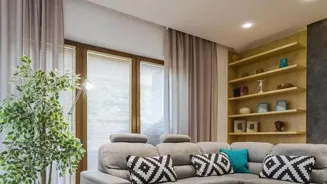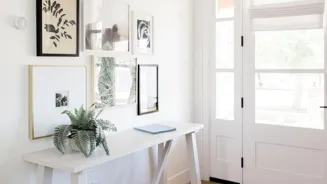Designing Your Dream Home: 7 Essential Tips to Craft a Sanctuary of Style and Functionality. Unlock the Secrets Now!
Mumbai, October 26, 2023 – Ever dreamed of walking into a home that feels perfectly "you"?
A place where every corner whispers comfort and functionality? Designing your dream home can seem like a monumental task, a swirling vortex of paint swatches, floor plans, and furniture catalogs.
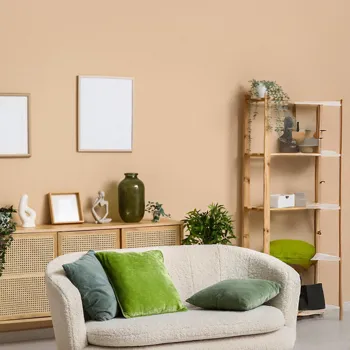
But fear not, aspiring homeowners! With a little planning and a dash of inspiration, you can transform your vision into a tangible reality. We've consulted with leading interior designers and architects across India to bring you seven essential tips to guide you on this exciting journey.
Get ready to unlock the secrets to creating a home that truly reflects your personality and lifestyle! This isn't just about building walls and roofs; it's about crafting a sanctuary, a space where memories are made, and life is lived to the fullest.
So, grab a cup of chai, settle in, and let's embark on this adventure together! Remember, your dream home is within reach – you just need the right roadmap. This article will show you the route.
Define personal style for dream home; mix aesthetics, consider lifestyle
The first step, and arguably the most crucial, is defining your personal style. What kind of vibe are you aiming for? Do you lean towards the minimalist elegance of Scandinavian design, the rustic charm of a traditional Indian haveli, or the vibrant eclecticism of a bohemian abode?
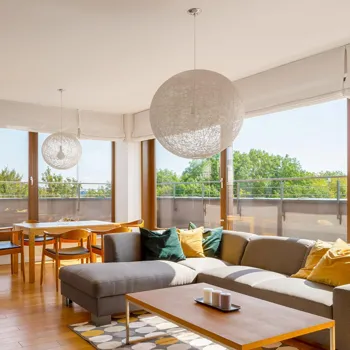
Spend some time browsing interior design magazines, exploring online platforms like Pinterest and Houzz, and even visiting show homes to get a feel for different aesthetics. Consider your lifestyle too. Are you a busy professional who needs a calming and organized space?
Or a family with young children who require a home that's both stylish and practical? Don't be afraid to mix and match elements from different styles to create a look that's uniquely yours.
The key is to identify the common threads that resonate with you and translate them into a cohesive design vision. Think about your favorite colors, textures, and patterns. What kind of artwork do you admire? What makes you feel happy and relaxed?
These are all clues that can help you unlock your personal style. Your dream home should be a reflection of your inner self, a place where you feel completely at ease and inspired.
It's important to involve all family members in this process so that everyone feels a sense of ownership and belonging.
Assess needs, prioritize functionality for a beautiful, practical home
Next, carefully assess your needs and prioritize functionality. A beautiful home is nothing if it doesn't serve your daily needs. Think about how you use each space and what specific requirements you have.
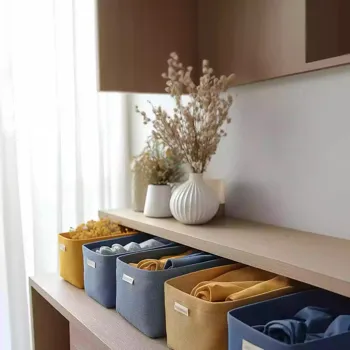
For example, if you work from home, you'll need a dedicated workspace that's comfortable and conducive to productivity. If you love to cook, you'll want a functional and well-equipped kitchen with ample counter space and storage. Consider your storage needs carefully.
Clutter can quickly detract from even the most beautifully designed space. Incorporate smart storage solutions throughout your home, such as built-in shelves, hidden compartments, and multi-functional furniture. Think vertically to maximize space, especially in smaller homes.
Use wall-mounted shelves, tall cabinets, and hanging organizers to create more storage without taking up floor space. Also, factor in accessibility and ease of movement. Ensure that your home is easily navigable, especially if you have elderly family members or individuals with mobility issues.
Pay attention to lighting, both natural and artificial. Natural light can brighten up a space and make it feel more inviting. Supplement it with strategically placed artificial lighting to create different moods and highlight specific areas.
Plan your home design budget wisely to avoid overspending
Consider your budget realistically and create a detailed financial plan. Home design projects can quickly spiral out of control if you're not careful. Set a budget early on and stick to it as closely as possible. Get quotes from multiple contractors and suppliers before making any decisions.
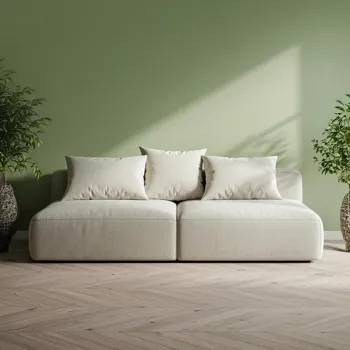
Prioritize your spending based on your needs and wants. Focus on the elements that are most important to you and be willing to compromise on others.
For example, you might choose to splurge on high-quality flooring and save money on furniture by shopping at vintage stores or upcycling existing pieces. Don't forget to factor in unexpected costs, such as permits, inspections, and unforeseen repairs.
It's always a good idea to have a contingency fund to cover these expenses. Consider phasing your project. You don't have to do everything at once. Break your project into smaller, more manageable phases and tackle them one at a time. This can make the process less overwhelming and more affordable.
Explore financing options. If you need to borrow money to finance your project, explore different financing options, such as home equity loans or personal loans. Compare interest rates and terms carefully before making a decision.
Choose colours wisely to set the mood in your space
Don't underestimate the power of a well-thought-out colour palette. Colour can dramatically affect the mood and atmosphere of a room. Choose colours that you love and that reflect your personal style. Consider the psychology of colour when making your selections.
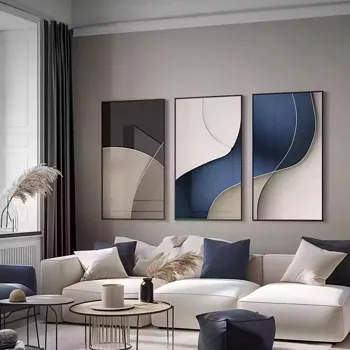
For example, blues and greens are often associated with calmness and tranquility, while reds and oranges can evoke feelings of energy and excitement. Use colour to create focal points and highlight architectural features.
Paint an accent wall in a bold colour or use colourful accessories to add pops of personality to a room. Pay attention to the interplay of light and colour. The way a colour looks in natural light can be different from how it looks in artificial light.
Test paint samples in your home before committing to a colour. Coordinate your colours throughout your home to create a cohesive and harmonious look. Use a colour wheel to help you choose colours that complement each other. Neutrals are a great foundation for any colour scheme.
They provide a versatile backdrop that allows you to experiment with bolder colours and patterns.
Lighting types: ambient, task, accent for home ambience
Lighting is key to creating the right ambience inside your home. It sets an emotional tone, highlights important areas and adds depth to what you may want to show off. Lighting is of three kinds: ambient, task and accent lighting.
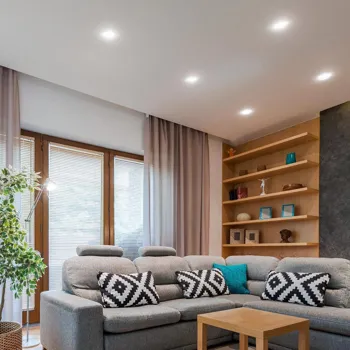
Ambient lighting can add to the overall lighting scheme and is provided by ceiling fixtures. Task lighting is for reading or working and is provided by your table lamps. Accent lighting is to draw attention to important parts of your house like the art work on your wall.
Personalize your space with meaningful décor, let your personality shine through favorite items
Finally, personalize your space with meaningful décor and accessories. This is where you can really let your personality shine. Display your favorite artwork, photographs, and souvenirs. Add plants to bring life and vibrancy to your home. Choose textiles that are soft and inviting.
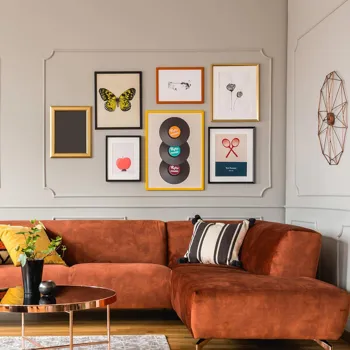
Don't be afraid to mix and match different styles and textures. Create vignettes that tell a story. Arrange your accessories in a way that is both visually appealing and meaningful to you. Remember, your home should be a reflection of your life and your experiences.
Collect pieces that you love over time. Don't feel pressured to buy everything at once. Curate a collection of items that have meaning and significance to you. Display your personality and interests. Let your home be a canvas for your creativity and individuality.
Most importantly, have fun and enjoy the process of creating your dream home.
AI Generated Content. Glance/InMobi shall have no liability for the content